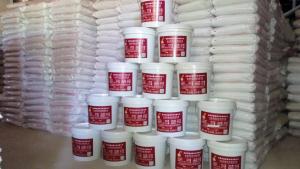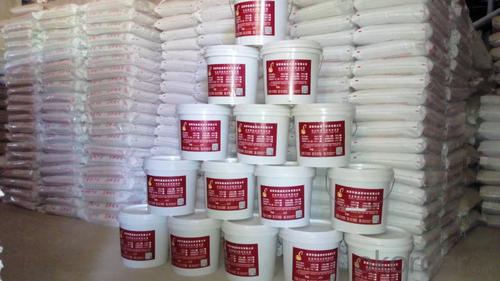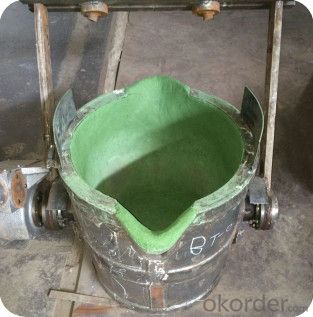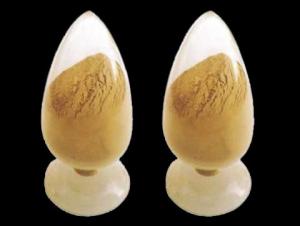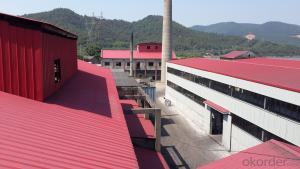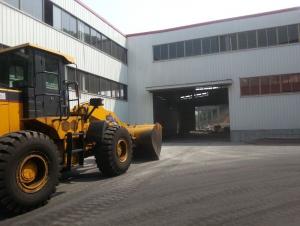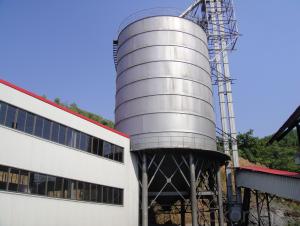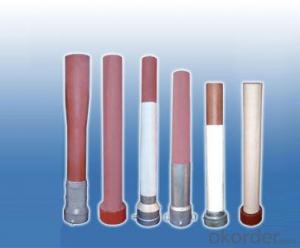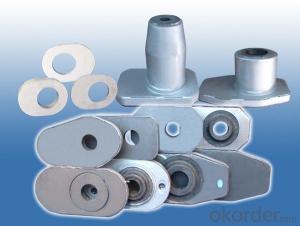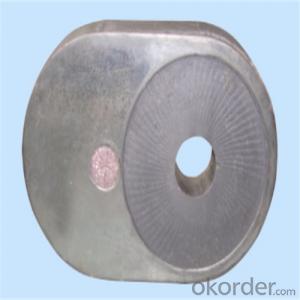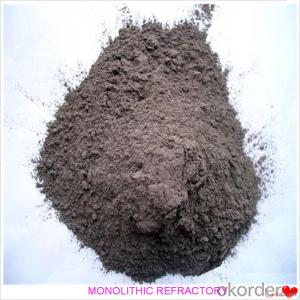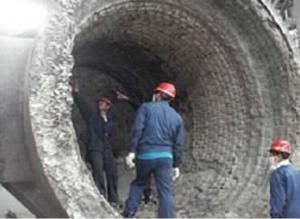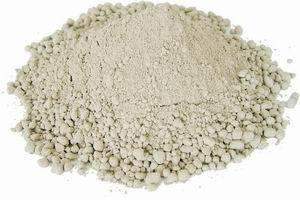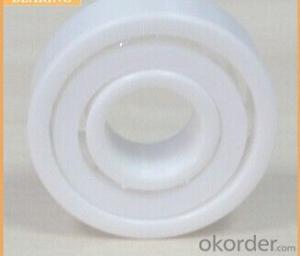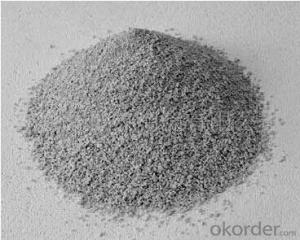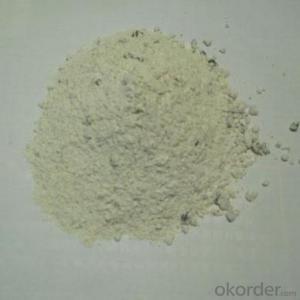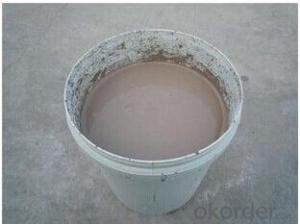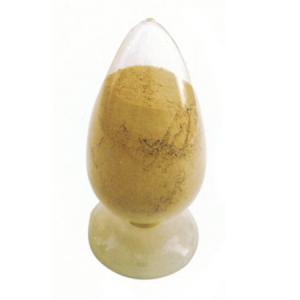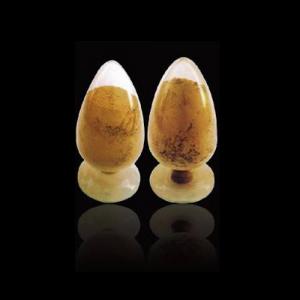RAMMING MIX REFRACTORY MATERIAL FOR INDUCTION FURNACE
- Loading Port:
- Shanghai
- Payment Terms:
- TT or LC
- Min Order Qty:
- 20 kg
- Supply Capability:
- 100000000000000 kg/month
OKorder Service Pledge
OKorder Financial Service
You Might Also Like
Technial Data Sheet of Ramming Mix for Induction Furnace for Iron & Steel Industry
CODE | MATERIAL | PHYSICAL PROPERTIES | CHEMICAL ANALYSIS (WEIGHT %) | |||||
Particle size(mm) | Fe2O3(%) | Cr2O3(%) | Al2O3(%) | CaO (%) | MgO (%) | SiO2 (%) | ||
IF-QZ | Quartz Ramming Mix | 0~6 | 98 | |||||
IF-Mg1 | Magnesia Ramming Mix | 0~10 | 4 | 1 | 2.5 | 91 | 1.5 | |
IF-Mg2 | Magnesia Ramming Mix | 0~10 | < 1.5 | 2 | 96 | < 2 | ||
IF-MgAl | Magnesia Alumina Ramming Mix | 0~6 | 0.5 | 8 | 1 | 90 | 0.5 | |
IF-MgAlS | Magnesia Alumina Mix powder Ramming Mix | 0~6 | 87 | 1 | 10 | 1 | ||
IF-MgCr | Magnesia Chrome Ramming Mix | 0~6 | 12 | 21 | 6 | 58 | 1.5 | |
IF-MgS | Magnesia Mix Ramming Mix | 0~6 | 17 | 80 | ||||
IF-Al | High Alumina Ramming Mix | 0~8 | > 70 | < 26 | ||||
Product Photo of Ramming Mix
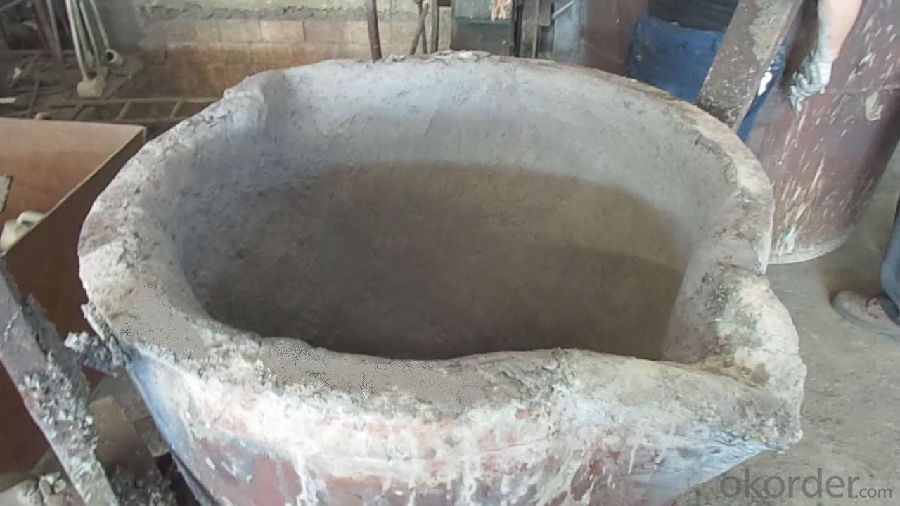
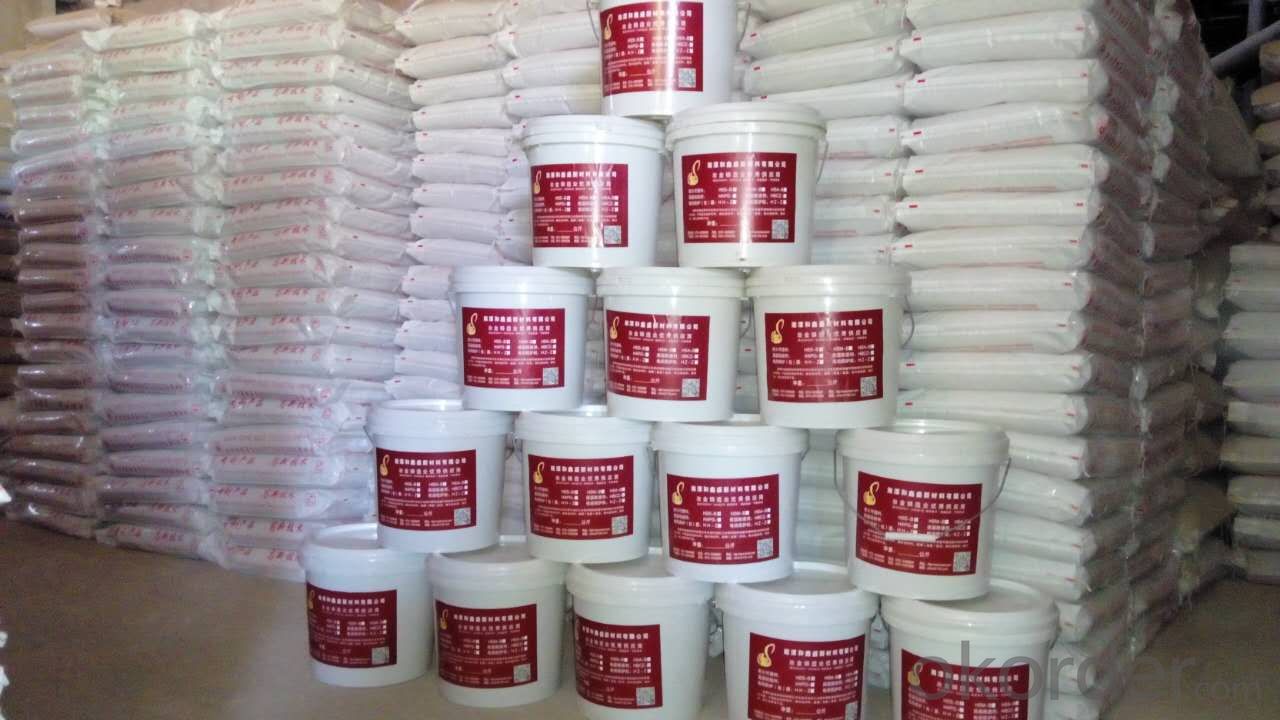
Installation of Ramming Mix
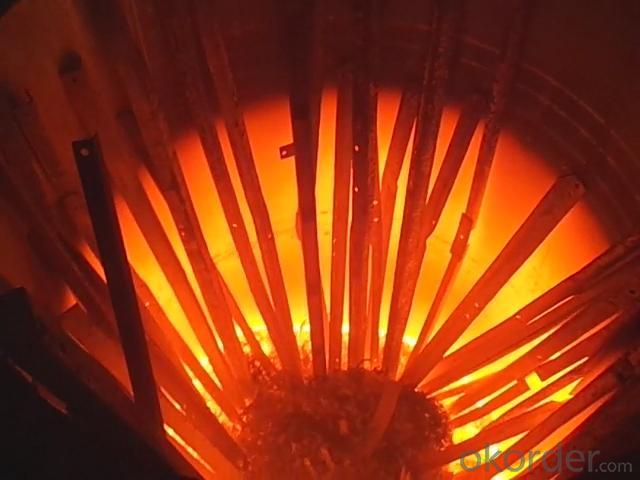
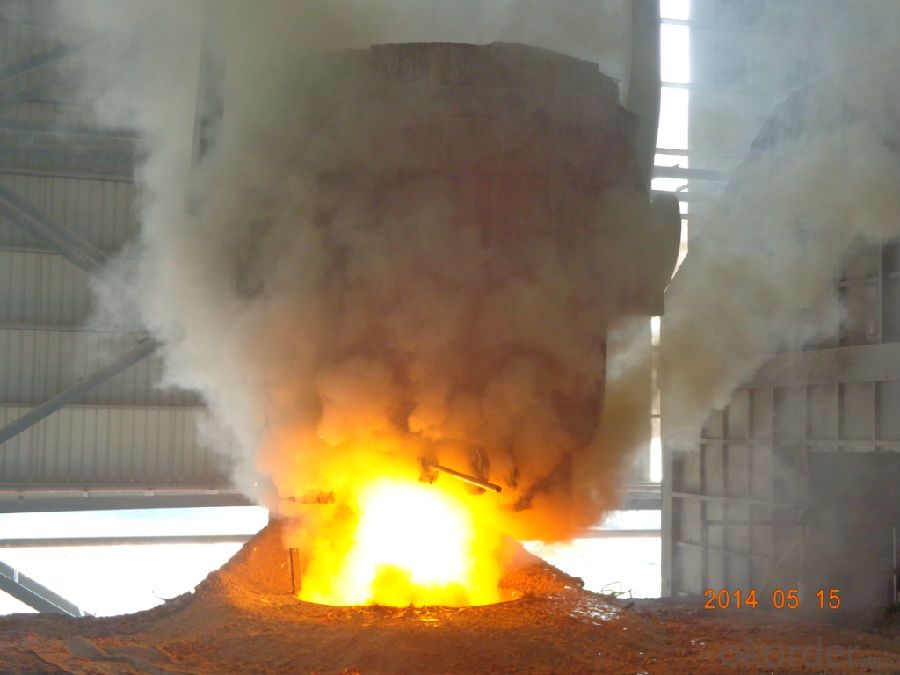
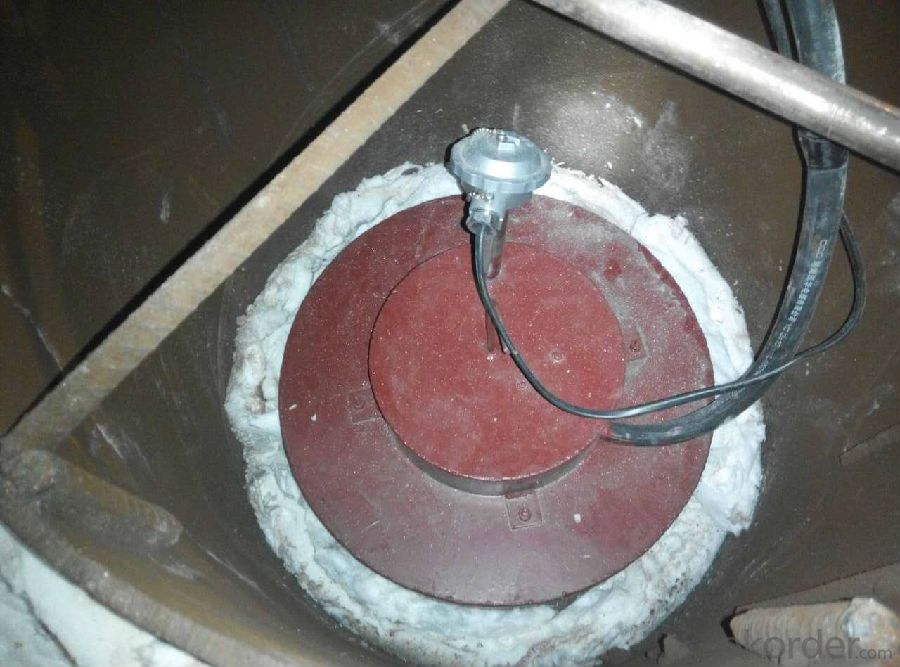
Questionnaire for Induction Furnace
ITEMS | CONTENT | ||
★Usually smelt metal types: | ( ) | ||
★Furnace Size/Ton | ( ) | ||
Furnace dimension | Inside diameter/mm | ( ) | |
Height/mm | ( ) | ||
Turnover rate (Tap to Tap time) | Normal heating up time: | ( ) | |
Continuous working? | |||
★Casting temp(Tapping Temp) | Max/℃ Min/℃ | ( ) ( ) | |
★Working Lining(Current) | Lining Materials type | ||
Additives for lining | □ yes ( ) Exp: Boric acid, sodium silicate etc. □ No | ||
Wall thickness | ( ) | ||
Bottom thickness | ( ) | ||
Construction form | ( ) Example: Dry Vibrating or Ramming, water required or not, additives required or not | ||
Steel former | ( ) Example: Take out or smelt into the first heat. | ||
Average life/heats
| ( ) Example: Total life:200-220 with one repair on 30 – 50 heats | ||
★Installation tools | □ Aerodynamic Vibrator □ Electronic Vibrator □ Other ( ) | ||
Induction Coil Grout(Current) | Materials type | ||
Life/heats | ( ) | ||
★The type and amount additives for the slag reduction | ( ) | ||
Damage cause | ( ) Example: Spalling , Corrosion, cracks, leakage | ||
- Q: How do monolithic refractories resist chemical corrosion in iron and steel applications?
- Monolithic refractories are highly resistant to chemical corrosion in iron and steel applications due to their unique characteristics and composition. These refractories are engineered with a combination of different materials such as aggregates, binders, and additives, which provide them with exceptional resistance to chemical attack. One key factor that contributes to their resistance is the use of high-quality raw materials. Monolithic refractories are typically made from high-alumina or alumina-silica aggregates, which have excellent resistance to chemical reactions. These aggregates are carefully selected to ensure they can withstand the harsh conditions encountered in iron and steel applications, including exposure to molten metal, slag, and various chemical compounds. Moreover, the binders used in monolithic refractories play a crucial role in their resistance to chemical corrosion. Common binders include clay, calcium aluminate cement, or colloidal silica. These binders help to hold the refractory materials together and provide additional protection against chemical attack. They form a dense and impermeable structure, which prevents corrosive substances from penetrating the refractory lining. Furthermore, monolithic refractories often incorporate additives that enhance their chemical resistance. These additives can include antioxidants, anti-spalling agents, and various other compounds that further protect the refractory lining from chemical attack. These additives help to neutralize corrosive elements, inhibit the formation of harmful compounds, and reduce the overall corrosion rate. Additionally, the unique installation method of monolithic refractories also contributes to their resistance to chemical corrosion. Unlike traditional brick refractories, monolithic refractories are installed as a single, continuous lining. This eliminates the need for joints or gaps that could potentially serve as weak points for chemical penetration. The monolithic nature of these refractories ensures a tight and seamless lining, reducing the vulnerability to chemical attack. Overall, the combination of high-quality raw materials, effective binders, and beneficial additives, along with the monolithic installation technique, grants monolithic refractories exceptional resistance to chemical corrosion in iron and steel applications. This resistance allows them to withstand the harsh conditions encountered in these industries, ensuring the longevity and efficiency of the refractory lining.
- Q: What are the advancements in monolithic refractory technology for the iron and steel industry?
- There have been several advancements in monolithic refractory technology for the iron and steel industry. One significant advancement is the development of low-cement castables, which have improved high-temperature strength, thermal shock resistance, and erosion resistance compared to conventional castables. Another advancement is the introduction of ultra-low cement castables, which offer even higher strength and improved resistance to spalling and alkali attacks. Additionally, the use of advanced bonding systems and additives has led to the development of self-flowing castables, making installation easier and more efficient. These advancements have greatly improved the performance and longevity of refractory linings in iron and steel industry applications.
- Q: What are the key differences between acidic and basic monolithic refractories?
- The key differences between acidic and basic monolithic refractories lie in their chemical composition and the type of environments they can withstand. Acidic refractories are made of silica or alumina and can withstand acidic environments, such as those containing sulfur or phosphorus. On the other hand, basic refractories are made of magnesia or dolomite and are resistant to basic environments, such as those containing calcium oxide or alkalis. Additionally, acidic refractories have higher thermal shock resistance, while basic refractories have higher resistance to chemical attack.
- Q: How do monolithic refractories handle thermal expansion and contraction?
- Monolithic refractories are designed to handle the challenges of thermal expansion and contraction. These materials are composed of a single solid structure, as opposed to the traditional brick or tile forms of refractories. This unique composition allows monolithic refractories to better accommodate the thermal stresses associated with temperature changes. One way that monolithic refractories handle thermal expansion and contraction is through their ability to withstand high temperatures. These materials are typically engineered to have a high melting point, allowing them to maintain their structural integrity even under extreme heat conditions. This property helps to prevent the refractory from cracking or disintegrating due to thermal expansion. In addition, monolithic refractories often contain a binder or bonding agent that helps to hold the refractory particles together. This binder can be formulated to have a certain degree of flexibility, allowing the material to expand and contract without cracking or breaking. This flexibility helps to absorb the stresses caused by thermal expansion and contraction, ensuring the longevity and performance of the refractory. Furthermore, monolithic refractories can be applied in a way that allows for expansion and contraction. These materials can be installed with joints or gaps between sections, which can accommodate the movement caused by temperature changes. This technique, known as joint design or expansion joint systems, allows the refractory to expand and contract without causing damage to the overall structure. Overall, monolithic refractories are designed to handle thermal expansion and contraction by withstanding high temperatures, incorporating flexible binders, and using joint design techniques. These properties enable them to maintain their structural integrity and performance in extreme heat conditions, making them a reliable choice for applications that require resistance to thermal stress.
- Q: What are the considerations for repairing and relining monolithic refractories?
- When repairing and relining monolithic refractories, there are several key considerations that need to be taken into account. First and foremost, it is crucial to assess the extent of the damage or deterioration in order to determine the appropriate repair method. Factors such as the type of refractory material, the operating conditions, and the expected service life must be considered. Additionally, it is essential to select the right refractory material for the repair or relining process. This involves evaluating the temperature range, chemical resistance, thermal conductivity, and mechanical properties of the refractory material to ensure it is compatible with the specific application. Another important consideration is the proper preparation of the surface before applying the repair material. This may involve removing any loose or damaged refractory, cleaning the surface thoroughly, and creating a suitable bonding surface to ensure optimal adhesion. Furthermore, the application technique and curing process of the repair material should be carefully followed to achieve the desired performance and durability. This may involve proper mixing, application thickness, drying time, and temperature control. Lastly, it is crucial to conduct regular inspections and maintenance to identify any signs of deterioration or damage early on. This proactive approach will help prevent major repairs or relining in the future and prolong the overall lifespan of the monolithic refractories.
- Q: How do monolithic refractories withstand chemical attack from molten metals and slag?
- Monolithic refractories are highly resistant to chemical attack from molten metals and slag due to their unique composition and structure. These refractories are typically made from a single, solid piece with no joints or seams, which minimizes the opportunity for chemical penetration. One of the key factors that enables monolithic refractories to withstand chemical attack is their high melting point. These materials are designed to have a melting point significantly higher than the temperature of the molten metal or slag they are exposed to. This prevents the refractory from melting or deforming when in contact with the hot molten substances. In addition to their high melting point, monolithic refractories are formulated with materials that have excellent chemical resistance. They are often composed of a combination of oxides, such as alumina, magnesia, and zirconia, which have a strong affinity for oxygen and form stable compounds. This allows the refractory to form a protective oxide layer on its surface when exposed to molten metals and slag, effectively shielding it from chemical attack. Furthermore, the dense and compact structure of monolithic refractories plays a crucial role in their resistance to chemical attack. The absence of joints and seams minimizes the chances of molten metals and slag infiltrating the refractory and causing chemical reactions. This dense structure also reduces the porosity of the material, making it less permeable to aggressive substances. Moreover, manufacturers often add specialized additives to monolithic refractories to enhance their chemical resistance. These additives can include fibers, binders, and corrosion inhibitors, which further improve the refractory's ability to withstand chemical attack. In conclusion, monolithic refractories are designed to withstand chemical attack from molten metals and slag through their high melting point, chemical-resistant composition, dense structure, and specialized additives. These properties allow them to maintain their integrity and performance even in the harshest environments, making them an ideal choice for applications involving high-temperature and corrosive substances.
- Q: How do monolithic refractories withstand thermal cycling in the iron and steel industry?
- Monolithic refractories, with their unique composition and properties, are designed to endure thermal cycling in the iron and steel industry. Unlike traditional refractory bricks that are stacked together, these refractories are made from a single, continuous material. One of the reasons monolithic refractories are capable of withstanding thermal cycling is their ability to expand and contract without any cracking or damage. This is because of their high thermal shock resistance, which measures their capacity to endure rapid temperature changes. Monolithic refractories are specifically formulated to possess low thermal conductivity, enabling them to resist heat transfer and minimize thermal gradients within the material. Additionally, monolithic refractories exhibit exceptional thermal stability, meaning they can maintain their structural integrity and mechanical strength even at high temperatures. This is critical in the iron and steel industry, where temperatures can reach extreme levels. These refractories are able to endure repeated heating and cooling cycles without experiencing significant structural alterations or degradation. Moreover, monolithic refractories possess good corrosion resistance, which is crucial in an environment where they come into contact with molten metal and various chemical agents. Their composition and special additives aid in safeguarding the refractory material from chemical attack, preventing erosion and extending their lifespan. The manufacturing process of monolithic refractories allows for effortless installation and repair, as they can be applied as a liquid or a semi-liquid mixture. This reduces the risk of joints or weak points that could lead to thermal stress or failure during thermal cycling. Overall, the combination of high thermal shock resistance, low thermal conductivity, excellent thermal stability, corrosion resistance, and easy installation makes monolithic refractories highly durable and capable of enduring the severe thermal cycling conditions present in the iron and steel industry.
- Q: What are the common applications of monolithic refractories in blast furnaces?
- Monolithic refractories, also referred to as unshaped refractories, find extensive use in blast furnaces due to their advantageous properties and versatile applications. Blast furnaces benefit from the following common applications of monolithic refractories: 1. Furnace lining: The walls, hearth, and roof of blast furnaces are lined with monolithic refractories. These refractories possess high thermal resistance and excellent insulating properties, safeguarding the furnace structure against extreme temperatures and thermal shocks. 2. Repair of tuyeres and tapholes: Tuyeres are nozzles that introduce air or fuel into the furnace, while tapholes are openings used for tapping molten iron or slag. Monolithic refractories are employed to repair and maintain these crucial components, as they can endure the high temperatures and chemical reactions taking place in these regions. 3. Hot repair and maintenance: The demanding operating conditions of blast furnaces necessitate frequent repairs and maintenance. Monolithic refractories are utilized for hot repair and maintenance purposes, as they can be easily applied in a plastic or semi-plastic state to fill cracks, mend damaged areas, or replace worn-out linings. 4. Resistance to erosion and corrosion: Blast furnace environments are highly corrosive due to the presence of molten iron, slag, and other molten materials. Monolithic refractories with exceptional erosion and corrosion resistance protect the furnace lining against chemical attacks, extending its lifespan. 5. Gunning mixes: Gunning mixes are extensively employed in blast furnaces for their ability to be sprayed or gunned onto the refractory lining. These mixes comprise fine refractory aggregates, bonding agents, and additives. They are applied to repair worn-out areas, seal cracks, and provide a protective layer against erosion and slag penetration. 6. Repair of slag line and iron runners: The slag line and iron runners in blast furnaces are prone to erosion and wear due to the corrosive nature of molten slag and iron. Monolithic refractories are utilized to repair and reconstruct these areas, ensuring smooth and efficient furnace operation. To summarize, monolithic refractories play a vital role in blast furnaces, fulfilling numerous functions such as furnace lining, tuyere and taphole repair, hot repair and maintenance, erosion and corrosion resistance, gunning mixes, and repair of slag line and iron runners. Their ability to withstand high temperatures, chemical attacks, and mechanical stresses renders them indispensable in maintaining the integrity and efficiency of blast furnace operations.
- Q: What are the specific requirements of monolithic refractories for continuous casting applications?
- The specific requirements of monolithic refractories for continuous casting applications include high thermal shock resistance, excellent erosion resistance, good thermal conductivity, low shrinkage, and high refractoriness. These refractories must also have good flowability and workability to ensure easy installation and maintenance. Additionally, they should have a high degree of chemical stability to withstand the harsh conditions of molten metal and slag in continuous casting processes.
- Q: What are the common challenges faced by monolithic refractories in the iron and steel industry?
- Some common challenges faced by monolithic refractories in the iron and steel industry include thermal shock resistance, erosion and abrasion resistance, chemical corrosion resistance, and the ability to withstand high temperatures and thermal cycling. These challenges arise due to the harsh operating conditions, such as extreme heat, rapid temperature changes, and exposure to corrosive chemicals, which can cause damage and reduce the lifespan of refractory materials.
Send your message to us
RAMMING MIX REFRACTORY MATERIAL FOR INDUCTION FURNACE
- Loading Port:
- Shanghai
- Payment Terms:
- TT or LC
- Min Order Qty:
- 20 kg
- Supply Capability:
- 100000000000000 kg/month
OKorder Service Pledge
OKorder Financial Service
Similar products
Hot products
Hot Searches
Related keywords
